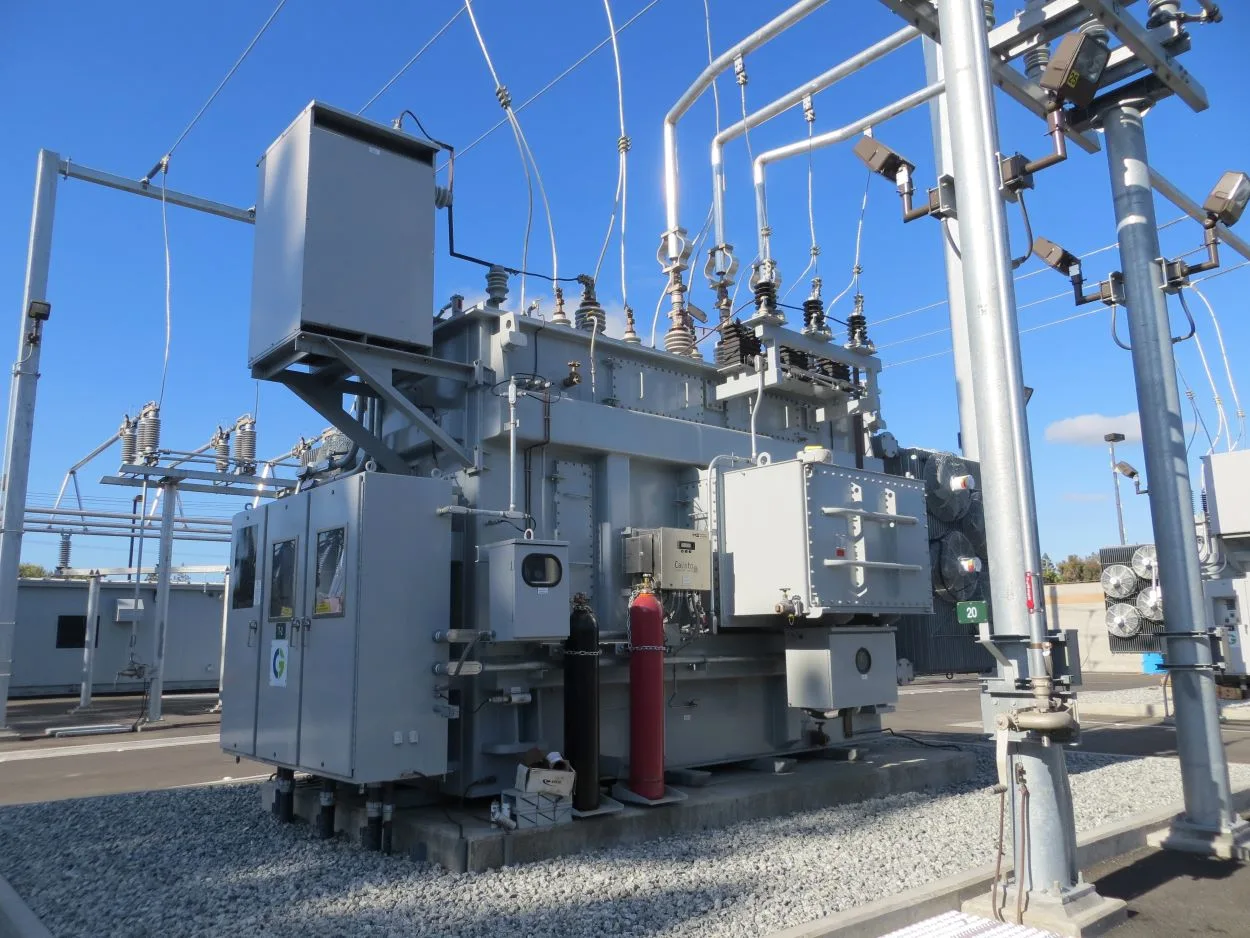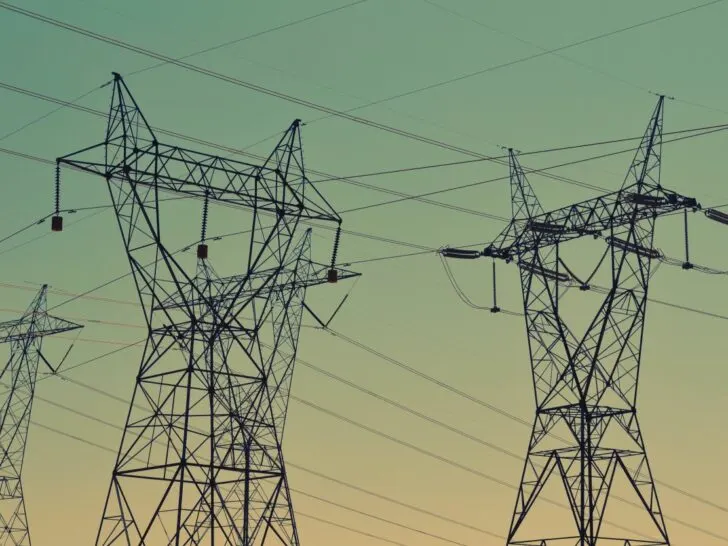Three-phase electricity is often preferred over single-phase. Why is that and what are the main differences between these two? I’ll be discussing this in detail. So if you have any queries related to this topic stay with me till the end and find out your answers.
Single-phase power fulfills low electricity demands. In-house equipment or low-power industrial equipment are two examples. On the other hand, a three-phase power supply is a requirement to run large machinery and equipment with enormous loads in the commercial and industrial sectors.
To avoid health risks, it will be beneficial to understand the differences between the two phases and which one is less lethal than the other.
When a person is physically exposed to the power supply, health and safety regulations demand taking necessary precautions and proper safeguarding with the use of personal protective pieces of equipment.
Single-Phase & Three Phase Voltage: Pros and Cons
Single-phase power distribution is carried out through two wires, one is neutral, and the other is a phase wire. Both have different functions to perform. Phase wire is responsible for carrying the load, whereas neutral wire plays a role in providing a returning path for the current.
The residential voltage supply is generally single-phase, which is 120V/240V in America. The single-phase voltage fluctuates at times, therefore constant power is not given to the load.
Let’s put light on the pros and cons of a single-phase power supply.

Pros of Single-Phase Power Supply
- Usually, single-phase connections are supplied to residences. That’s because most home appliances require a little amount of electricity to operate.
- It ensures that the electricity from a single-phase connection performs at its best and transmits power effectively due to the power reduction.
- A single-phase connection works straightforwardly. To evade the damage that can cause to appliances, a single-phase connection consists of a small and lightweight apparatus in which there is a reduction in the flow of electricity via the wires as the voltage rises.
- With devices up to 5 horsepower, a single-phase connection performs well.
Cons of Single-Phase Power Supply
- Heavy appliances in industrial and commercial sectors such as heavy industrial machinery cannot be operated on single-phase voltage.
- Because of a lack of motor’s initial torque, small motors with power of less than one kilowatt cannot be operated on a single-phase power source. As a result, to run the machine smoothly, there is a need for attaching a piece of additional equipment called a motor starter.
A three-phase power supply never reaches zero. It gives a constant power supply. Heavy loads and the operation of heavy machinery utilize three-phase connections.
In a three-phase connection, there is a requirement of three-conducting wires and a single neutral wire. The conductor wires are spaced at a 120-degree angle.
Each leg of the current can arrive at the most extreme voltage and gets isolated by 33% of the time finished inside one cycle. A three-phase contains three hotlines, each having 480-volt power.
Pros of Three-Phase Power Supply
- There is no need for additional pieces of equipment in three-phase to drive powerful machinery or motors in the industrial and commercial sectors because it already has sufficient power.
- Due to the increase in electrical demand, industrial and commercial sectors highly prefer a three-phase power supply.
- By increasing the number of phases, the three-phase voltage grows smoother.
- To transport electrical power, there is no need for excessive conducting materials in three-phase. As a result, a three-phase connection is more cost-effective when it comes to offering a cost-effective solution.
Cons of Three-Phase Power Supply
- A three-phase power supply can cause severe damage to the equipment in an overload condition. It will add to the cost of purchasing or repairing the whole individual equipment.
- A three-phase power supply wires always need insulation.
480V Single-Phase &Three-Phase Voltage
Single-phase 480 volt is equivalent to single-phase 220 or 240 volts. The single-phase 480 volt has one hotline and has its usage for residential services, although it has greater voltage.
A single-phase cable typically has 120 volts between the hot and ground wires, but 240 volts within the two hotlines. Both single-phase 480 and three-phase 480 exist. In US industrial plants, the most prevalent power system is a 480-volt three-phase connection. It is the highest low voltage standard in the United States.
480V gives greater power with less current than 240V or 208V. Less current equals low economics, saving money on electrical construction and energy as well.
Usage of 480 Volt
Large motors and machinery in the industrial sector make use of 480 volts in three-phase. Wherever it acts as an essential service provider to a facility, you will commonly find a transformer that is a 480V Delta\208Y120V that power a sub-board to give standard 120V to outlets and little loads.
In single-phase applications, the 480 VAC dropdowns to 277 volts. On the other hand, in three-phase applications, it ventures down to 208VAC, the legs of the transformer will then be 120VAC from hot to neutral.
Difference Between 480V Single-Phase & Three-Phase Voltage
| 480V Single-Phase | 480V Three-Phase |
| Single conductor requirement for transmitting electrical power. | Three separate conductors are required for transmitting electrical power. |
| For smooth power flow, two wires complete the circuit, one neutral and the other is phase wire. | For smooth power flow, three-phase wires and one neutral wire is needed. |
| Used to achieve minimum power transmission. | Used to achieve maximum power transmission. |
| The power transmission network is simple. | The power transmission network is complicated. |
| Power interruption can occur and it’s a drawback. | There is no power interruption in the three-phase. |
| Single-phase power supply is less efficient. | The three-phase power supply is more efficient. |
480V Single-Phase &Three-Phase Voltage: Which One Is Less Lethal?
Overall, a 480-volt power supply is lethal. If a piece of equipment contains this much supply, it can be harmful to a human body exposed to it in an energized condition. But, if one needs an answer that which one is less lethal than the other, a 480-volt single-phase can be less lethal than a three-phase.
Let us understand it with an example. Suppose you are holding a book of 2kg in your hand. If someone comes and asks you to carry three books of the same weight i.e., 2kg, what do you think will happen? You will feel more force on your hand as compared to the previous case.
The same happens in single-phase and three-phase 480 volts. Three phases of the same 480 volts carry three times more power flow i.e., current (amperage) than a single phase of 480 volts, making it significantly more dangerous.
Electrical works done near live electrical circuits, come with their own set of risks. The 480 volts, although officially classified as standard low voltage in different countries, specifically in the US. These strong circuits can deliver a lethal punch.

Electrical Hazards Due To 480 Volts
Electrical hazards fall into three categories: electrical shocks, burns, and arc flash hazards. All three can cause severe harm and they are lethal to a great extent.
They are the result of different hazardous attempts and human errors. Understanding these hazards is very necessary to deal with health and safety-related issues and to maintain a safe and sound environment.
Electrical Shocks
When a body comes in contact with an electrical current, electric shock occurs. The severity of electric shock depends on the quantity of current flow across the body, frequency, and the path followed by the current as well as how much time the current has been present within the body.
Electrical Burn Injuries
Due to shock, injuries like electrical burns can occur. Electrical Burns are caused by an electric current passing through the tissues.
These burns can be superficial or deep, affecting muscle and bone tissue. High temperatures created by electric arcs or explosions close to the body can cause arc burns.
Burns caused by skin contact with overheated electrical cables, conduits, or other energized equipment are known as thermal contact burns.
Arc Flash Hazards
Aside from a lethal electrical punch, such circuits have enough power to cause an electric arc explosion. An electrical discharge called arc is created by combining ionized air and evaporative conducting material.
If the current is powerful enough, a rise in temperature of about 35000 degrees Fahrenheit vaporizes the conductive material. It produces scorching heat known as arc flash.
Due to arc blast, harsh noise and pressure waves are generated. Personal protection equipment is the only way to safeguard an electrician from horrible harm, anguish, and even death when an arc flash happens.

Exposure to 480 Volts or Higher: Safety-Related Guidelines
International safety-related standards like OSHA and NFPA give guidelines on workplace health and safety, which must be strictly followed in every industrial and commercial sector.
Not only in industries, but you must also adopt them at your home to avoid severe injuries and to save yourself and others from landing in the hospital.
- Avoid working near the live circuits. Consider de-energizing the equipment before working.
- Limit the amount of exposure near high-power electrical equipment having 480 volts or above.
- Always stay within the limited approach or restricted approach boundaries.
- When working with combustible materials, avoid using electrical equipment that can ignite them.
- When electrical work is being carried out, the working space should be clear.
- Make use of personal protective equipment during electrical work.
- Apply safeguards near electrical equipment and machinery.
Conclusion
480V electrical power supply is offered in single-phase or three-phase configurations. Low electricity demands are met by single-phase power. A three-phase power supply, on the other hand, is required to run huge machinery and equipment with high loads in the commercial and industrial sectors.
Three-phase 480 volts electrical supply is far more lethal than a single-phase, as it carries more current. Despite this, 480 volts is legally defined as standard low voltage in some nations, including the United States. These strong circuits can deliver a lethal punch.
Electrical works can have hazards associated with them. The injuries that can occur are shock hazards, burns, and arc flash hazards. Following safe practices can save a valuable life from injury. Therefore, keep in mind to follow the electrical safety-related guidelines.
Other Articles
- Difference Between Thy & Thine (Thou & Thee)
- 60Hz Monitor vs. 144Hz Monitor for Gaming (Comparison)
- What’s the Difference Between a Lease Termination Charge and a Reletting Charge? (Comparison)
- What Are The Differences Between Budget and Avis?
- Personal Finance vs. Financial Literacy (Difference Explained)

